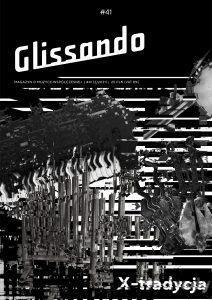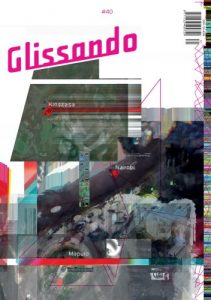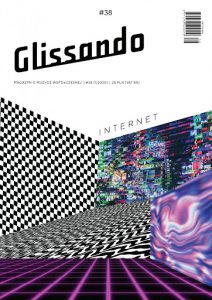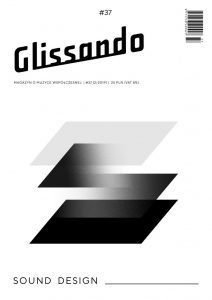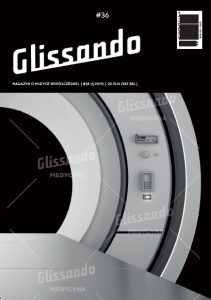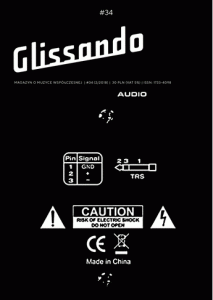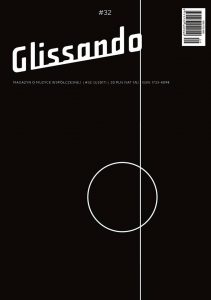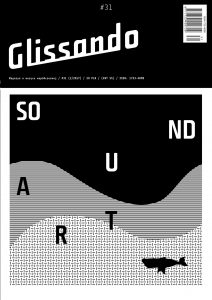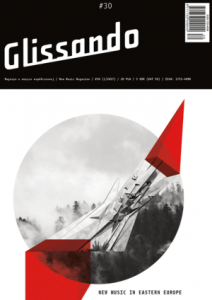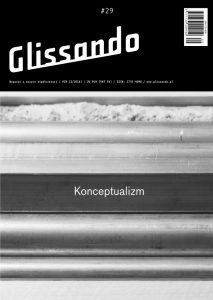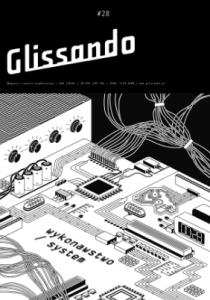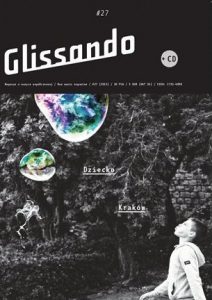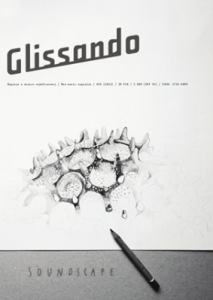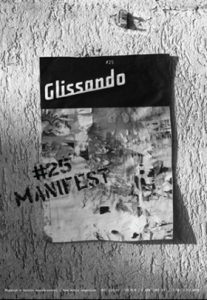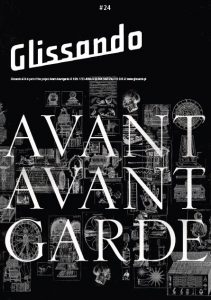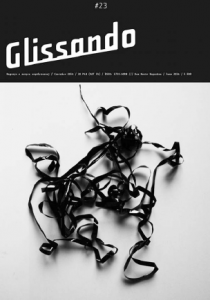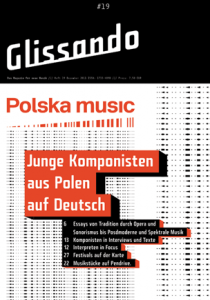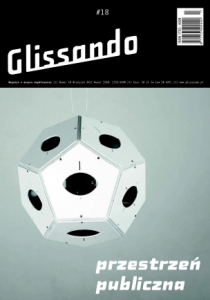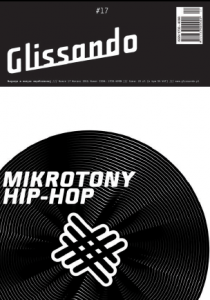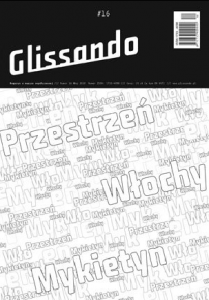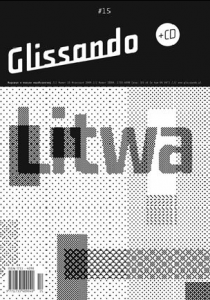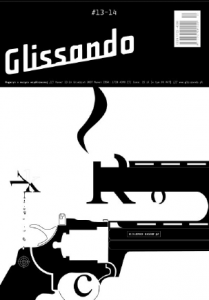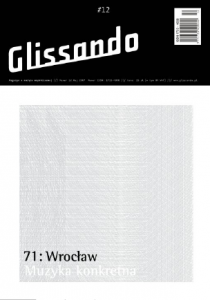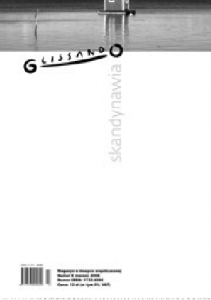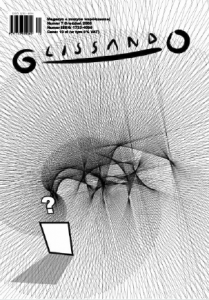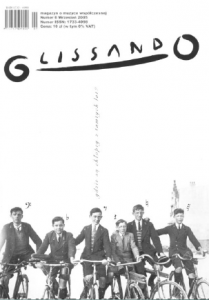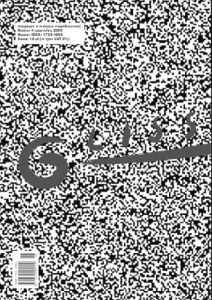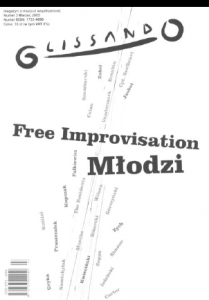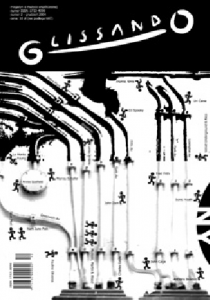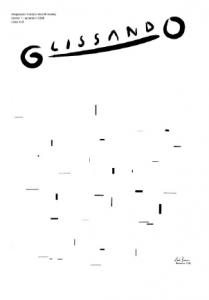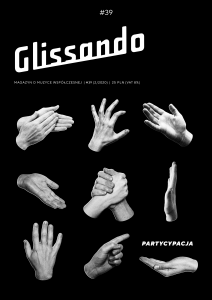
Glissando 39 / 2020 PARTICIPATION PL
We start our reflection on participation with the enthusiasm typical of this phenomenon – full of faith that music can be a tool for change. The opening text by Katarzyna Dei is based on a similar assumption, pointing out that “in almost every area of social exclusion we can find examples of musical activities that try to counteract them”. This idea is taken up in the following texts of the section AGAINST EXCLUSIONS: Sigrún Sævarsdóttir-Griffiths in an interview with Magdalena Barszcz talks about her work with people in the crisis of homelessness, conductor Agnieszka Zińczuk presents challenges in leading multicultural choirs, Paulina Celińska, curator of Mała Warszawska Jesień, answers the questions from Krzysztof Marciniak about making the world of contemporary music available to children, while Małgorzata Kęsicka sensitizes to the needs of audiences in the autism spectrum. Closing the section, George Lewis emphasizes that the fear of identity discourse is in fact a defense of the dominant identity, and to counteract inequalities in art, sometimes a “small act of curation” is enough.
As part of the SOUNDS OF URBAN COMMUNITIES chapter, Kasia Jaroch describes the pros and cons of cooperation between musicians representing the club scene and the city authorities, while the responsibility of local community animators is taken up by Zorka Wollny in an interview with Agata Pasińska. Two projects exploring the soundscape, i.e. the American UrbanRemix and The Voices of Old Polesie in Łódź, are introduced by Małgorzata Heinrich and Justyna Anders-Morawska. Finally, Wojtek Krzyżanowski describes the community focused around a specific artistic space – Music Kołorking in Poznań.
ACTIVE LISTENING COMMUNITIES depart from the belief that participation was innocent at the beginning. Antoni Michnik evokes various cases of concert scandals and expressive reactions from the audience. The antimanifesto of participation is then drawn up by Monika Żyła, while Rafał Zapała in an interview with Wioleta Żochowska doubts the community-creating possibilities of music, although in his works he does not avoid activating the audience. Strategies of redefining a concert event and opening it more to the audience are analyzed by Monika Pasiecznik, combining the perspective of the concert researcher and the curator. Jenny Moore also encourages action in an interview with Katja Heldt, where the artist takes us behind the scenes of her project Doing not Saying realized at the Borealis festival in Bergen in 2020.
PARTICIPATION EXPERIENCES is a collection of descriptions of participatory practices – this time from a very personal perspective of their participants and creators. Kasia Urban in her reportage gives voice to the blind and deaf people who participated in the workshops conducted by Paweł Romańczuk. Choreographer Alicja Czyczel shares her impressions and methods of working at the artistic residency in Copenhagen, where she worked with the local community to map the soundscape of post-industrial areas by means of movement. Piotr Tkacz describes his personal experiences of participating in consecutive online festivals in an almost diarist manner, and an interesting supplement to his observations is an article by Bridgid Bergin describing an attempt to translate The Tuning Meditation and The Heart Chant by Pauline Oliveros to an event at Zoom. The issue closes with Krzysztof Kwiatkowski, one of the pioneers of educational participation activities in the field of contemporary music in Poland, who presents the Dźwiękowisko series he initiated.



